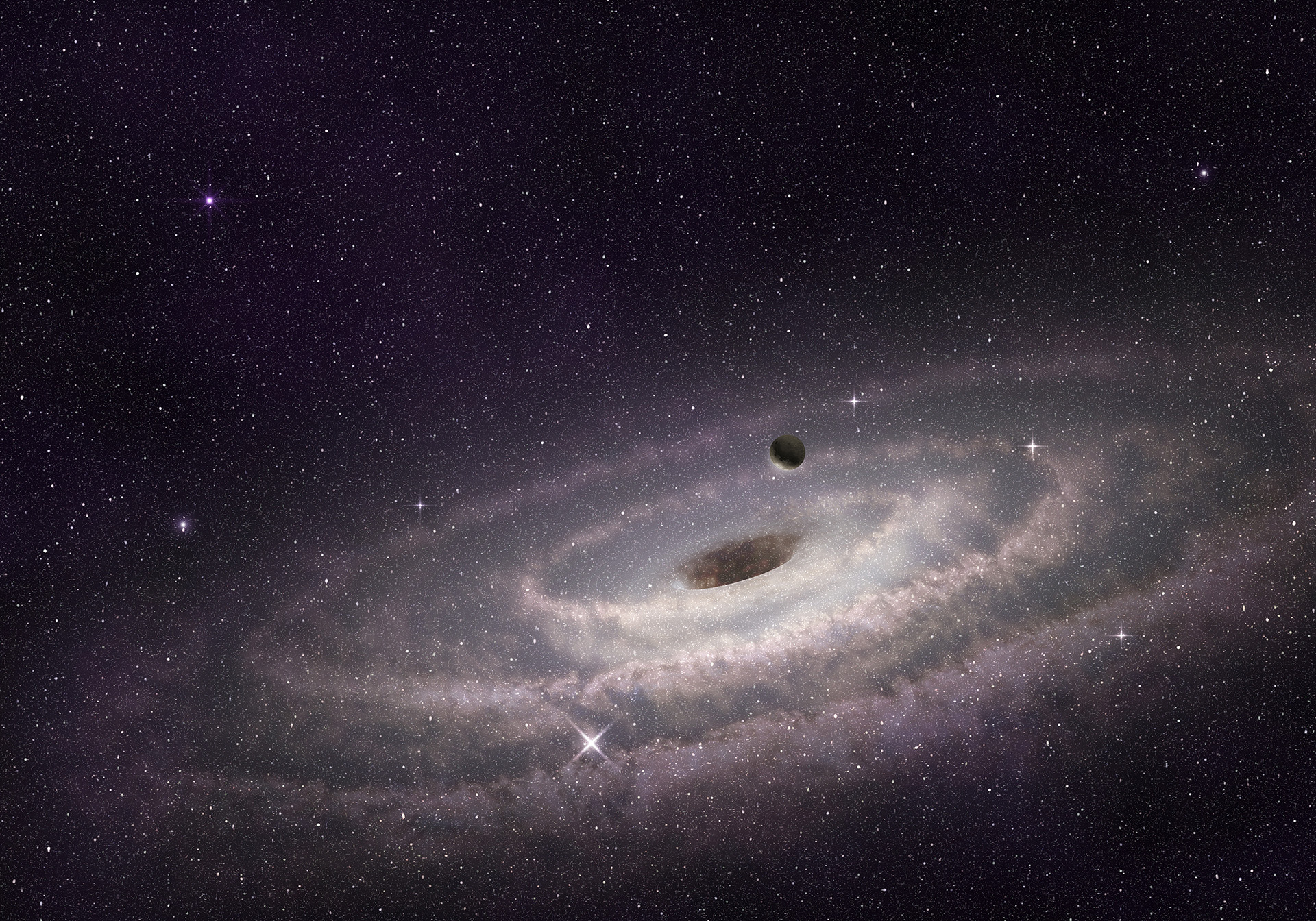New black holes discovered feeding on nearby stars
A recently published study in The Astrophysical Journal details 18 new black holes discovered eating away at nearby stars. The black holes were found when astronomers noticed new tidal disruption events (TDEs), which are extreme instances where a star is tidally drawn into a black hole.
The stars are ripped into shreds and slowly eaten by the black hole, creating an enormous burst of energy that can be seen all across the electromagnetic spectrum. It’s these TDEs that scientists look for when they are trying to find black holes out in the vast expanse of space. And, so far, it has helped them out tremendously.
These 18 new black holes were previously “hidden” as they required an unconventional band to spot: infrared. The discovery of these hidden TDEs more than double the current catalog of known TDEs in the universe, though, making this discovery even more important.
The reason that we need to rely on infrared to spot these TDEs is that they are located in particularly dusty galaxies. This means the black holes are often enshrouded in a ton of galactic debris from planetary formations and the deaths of other stars within the galaxy. As such, the black holes at their centers become hard to see.
By peering through the universe with an infrared band, though, the researchers at MIT were able to pick out many more TDEs, thus giving the impression of 18 new black holes that we hadn’t uncovered just yet. They’re also scattered throughout the universe and found in different types of galaxies.
Many of these sources don’t show up in optical bands, either, the lead author on the new findings explained. (via Phys.org)As such, using infrared was mandatory for spotting them and being able to add them to the catalog. One of those detected is also the closest TDE detected thus far, and it has opened up new ways for researchers to search for actively feeding black holes.
A recently published study in The Astrophysical Journal details 18 new black holes discovered eating away at nearby stars. The black holes were found when astronomers noticed new tidal disruption events (TDEs), which are extreme instances where a star is tidally drawn into a black hole.
The stars are ripped into shreds and slowly eaten by the black hole, creating an enormous burst of energy that can be seen all across the electromagnetic spectrum. It’s these TDEs that scientists look for when they are trying to find black holes out in the vast expanse of space. And, so far, it has helped them out tremendously.
These 18 new black holes were previously “hidden” as they required an unconventional band to spot: infrared. The discovery of these hidden TDEs more than double the current catalog of known TDEs in the universe, though, making this discovery even more important.

The reason that we need to rely on infrared to spot these TDEs is that they are located in particularly dusty galaxies. This means the black holes are often enshrouded in a ton of galactic debris from planetary formations and the deaths of other stars within the galaxy. As such, the black holes at their centers become hard to see.
By peering through the universe with an infrared band, though, the researchers at MIT were able to pick out many more TDEs, thus giving the impression of 18 new black holes that we hadn’t uncovered just yet. They’re also scattered throughout the universe and found in different types of galaxies.
Many of these sources don’t show up in optical bands, either, the lead author on the new findings explained. (via Phys.org)As such, using infrared was mandatory for spotting them and being able to add them to the catalog. One of those detected is also the closest TDE detected thus far, and it has opened up new ways for researchers to search for actively feeding black holes.
